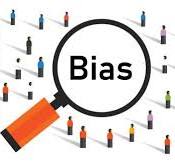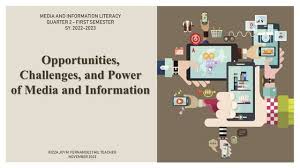
3 Things to Know About AI As a Digital Journalist
No matter how you feel about the rising popularity of AI, if you’re a digital journalist, interacting with the technology is inevitable. From education to finance, software to marketing, we’re heading toward a future where AI is your coworker.
As a digital journalist and writer, you may be hesitant to embrace a tool that replicates your craft. But as a business professional, you may be intrigued about its potential to alleviate your workload.
Unsure how to intercept the onset of AI?
At 5WH, we’re on a mission to cut through the noise of the media industry to bring you make-or-break career insights. Here are three things to know about AI as a Digital Journalist.
1. AI Can Automate Routine Reporting
Despite its importance to democracy and community, newsrooms, including those of digital journalists, continue to suffer from underfunding. Without sufficient resources to prop up effective reporting, editors are forced to make painful decisions about what to cover and what to cut.
Among the topics newsrooms are expected to cover on a routine basis are weather, sports, traffic, and financial news. These stories take time and energy to produce – time and energy that many writers, including writers, would prefer to use on more exciting topics.
If you’re unfamiliar with the technology behind AI, it’s important to know that AI models are trained to recognize patterns as a digital Journalist. Those more mundane stories no one has time to cover? They, too, revolve around patterns. With the right infrastructure in place, AI can easily produce fact-based reports on sports, financial markets, and weather and traffic conditions.
This opportunity is already being tested at leading outlets like Bloomberg, The Associated Press, and The Washington Post with AIs like Heliograf and Cyborg. Depending on your beat, it may be time to explore what stories you can offload.
2. ChatGPT Poses Plagiarism Risks
Although many AIs are making strides, ChatGPT continues to get the most buzz. It’s easy to use, available to everyone, and extremely user-friendly.
Ever wondered if ChatGPT produces plagiarized work? Technically speaking, the answer is usually no. It produces content based on existing writing but is trained to regurgitate that information back in original terms.
However, ChatGPT pieces are simply unsafe to publish without significant editing. Style and messaging aside, it’s quite common for ChatGPT articles to copy exact phrases from something else online.
As a digital journalist, the last thing you want to do is risk any accusations of plagiarism. Using ChatGPT for research should be safe, but any writing you ask it to do needs thorough editing.
3. Local Newsrooms Have the Most to Gain
As journalism professionals at every level, scramble to adapt to the modern world, there’s one group of reporters struggling more than most: local newsrooms.
Thousands of local outlets, shutter their doors each year, leaving 65 million Americans with either no newspaper, or just one for the entire county. Simultaneously, small communities are the ones who need local reporting the most.
Of the many reasons for this decline are newsrooms’ inability to produce effective online content and limited financial resources. If digital Journalist in this situation is willing to embrace AI, the technology might be the solution to both challenges.
AI is here to stay – it’s up to digital journalists, journalists, and editors to adapt quickly. At 5WH, we’re determined to leverage technology to enhance careers, boost story visibility, and revitalize the journalism industry by create an E-commerce platform for both Journalists and Media House where they can connect easily and buy or sell news stories of all types. Learn more about membership perks at 5wh.
 Team 5WH
Team 5WH







